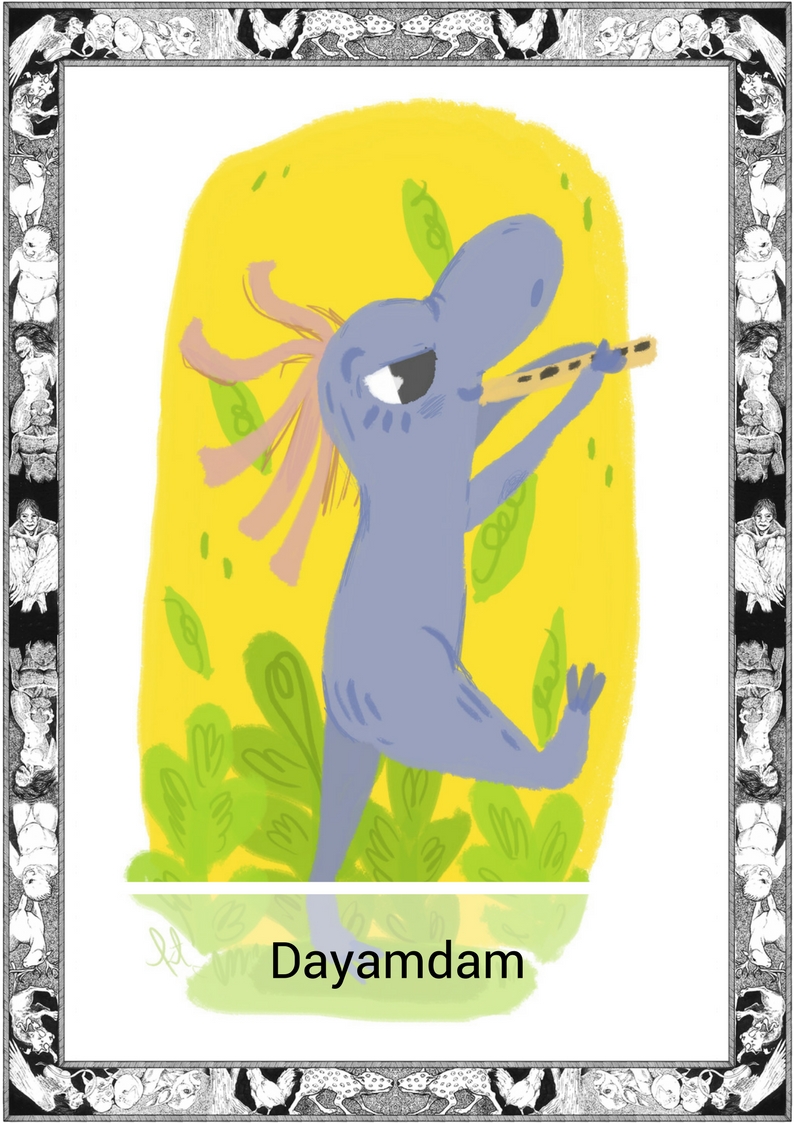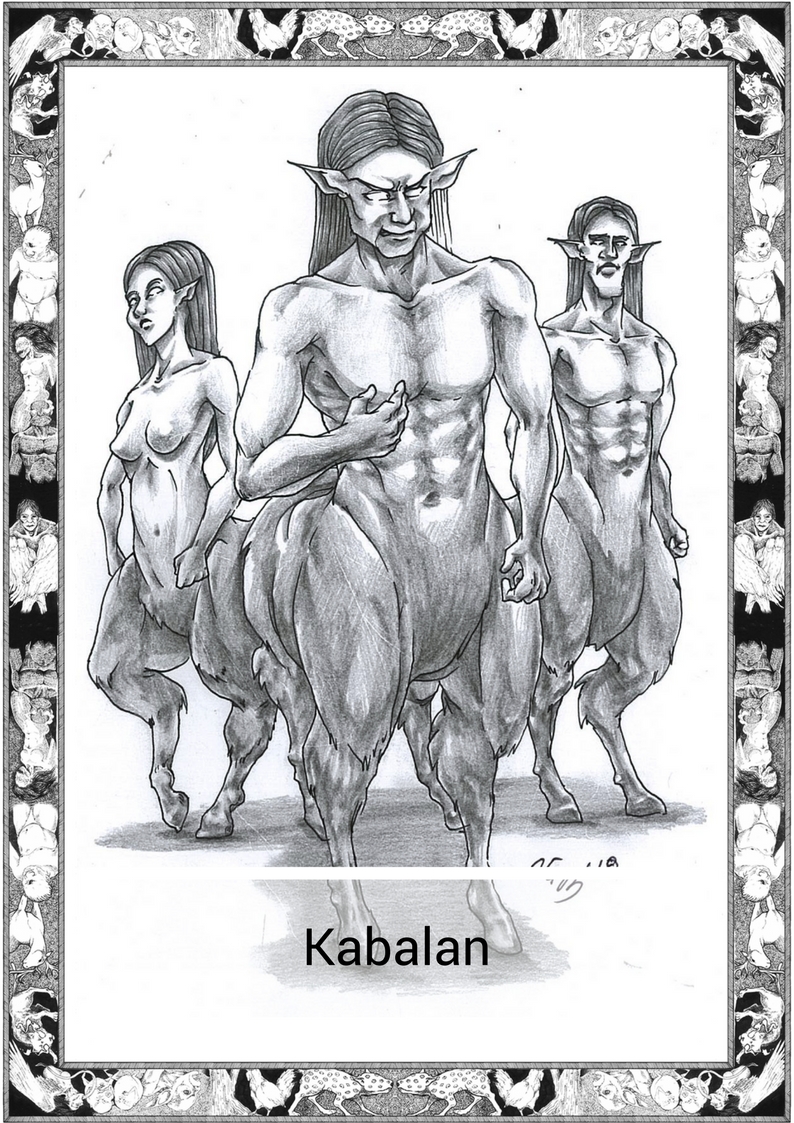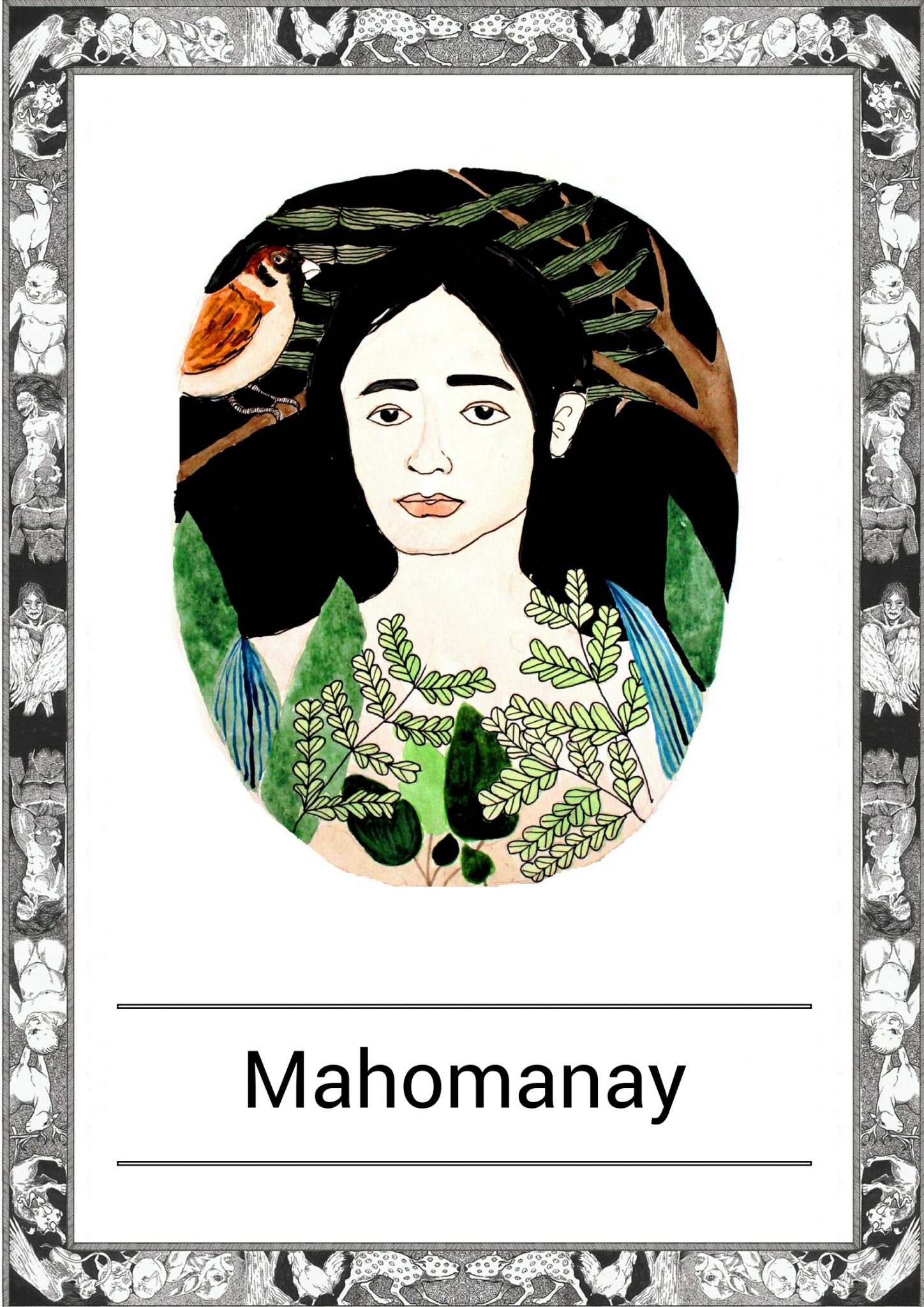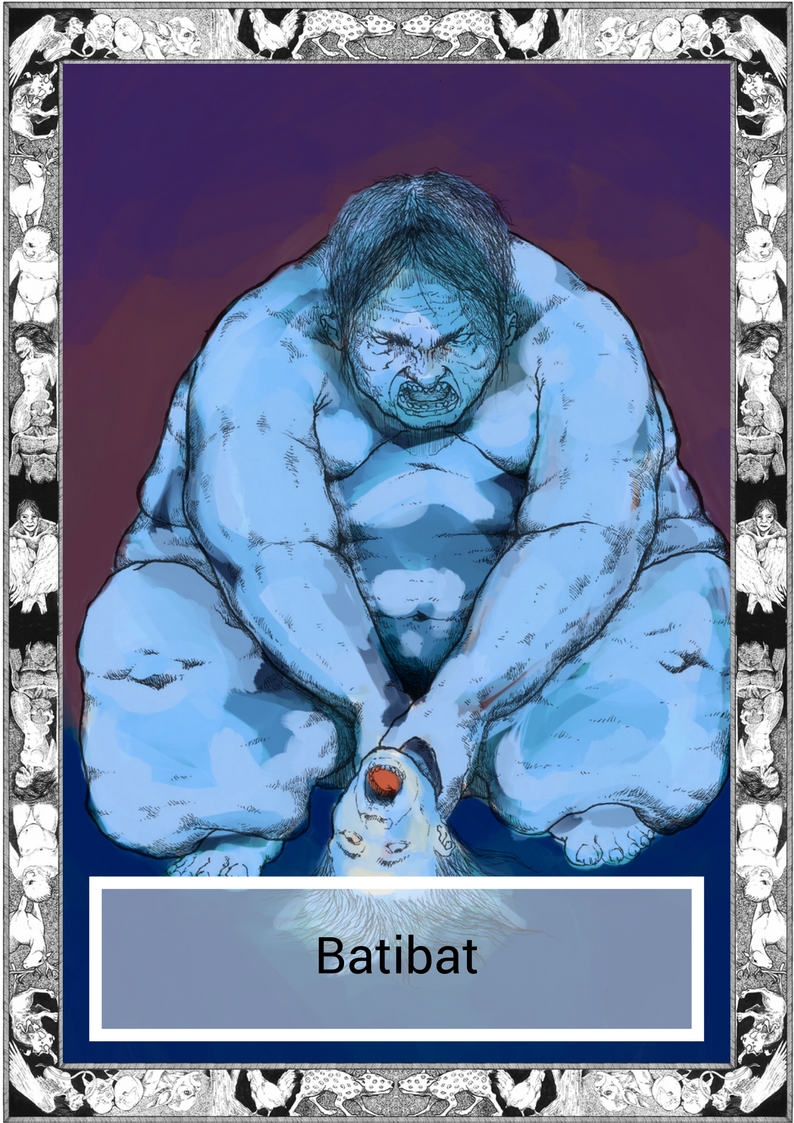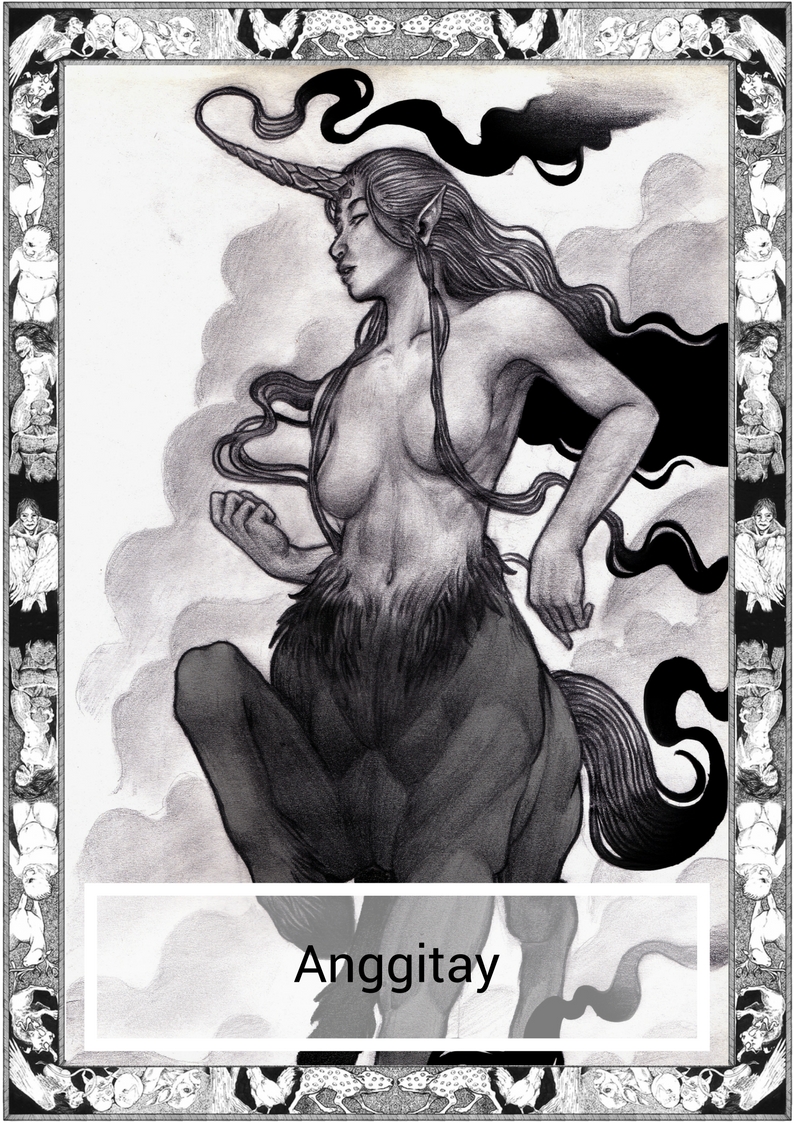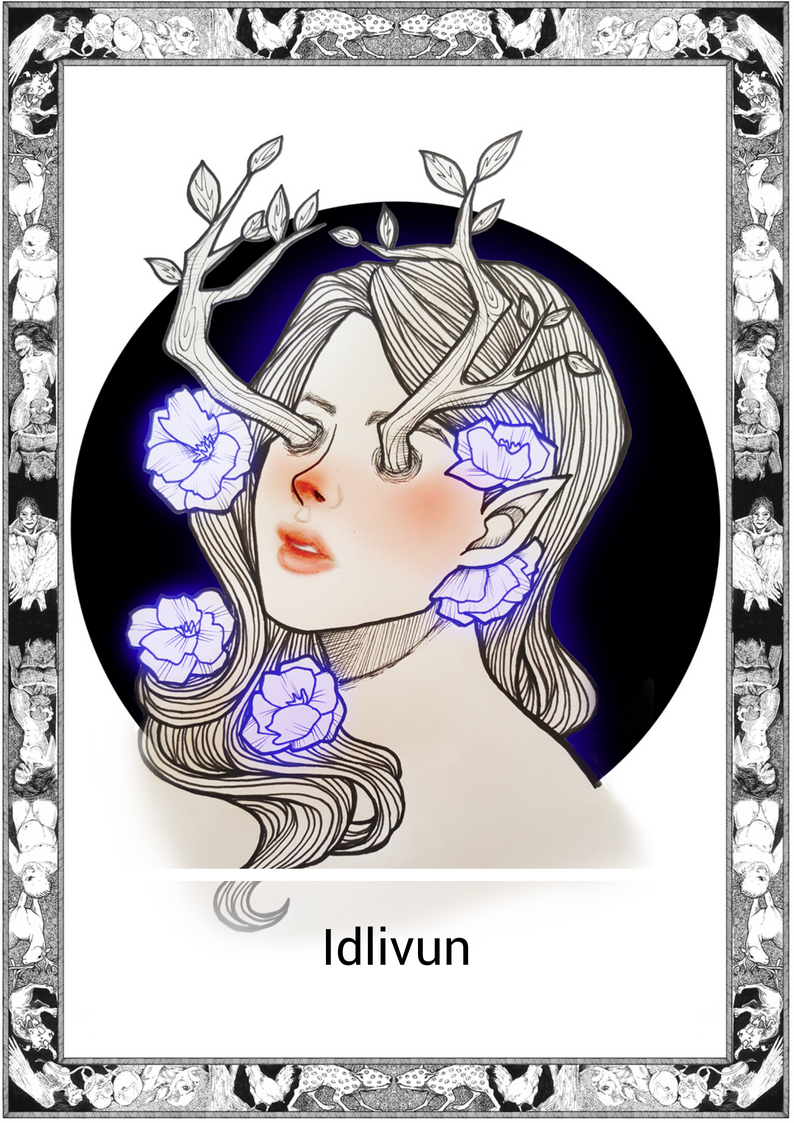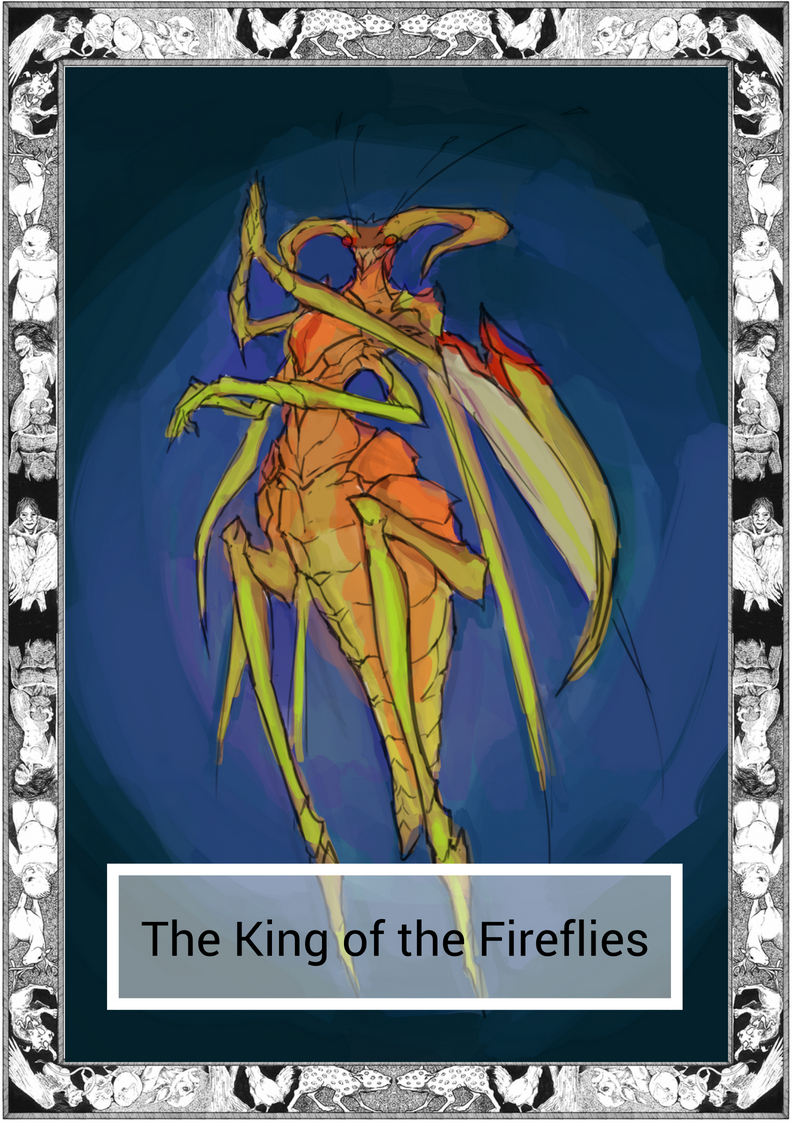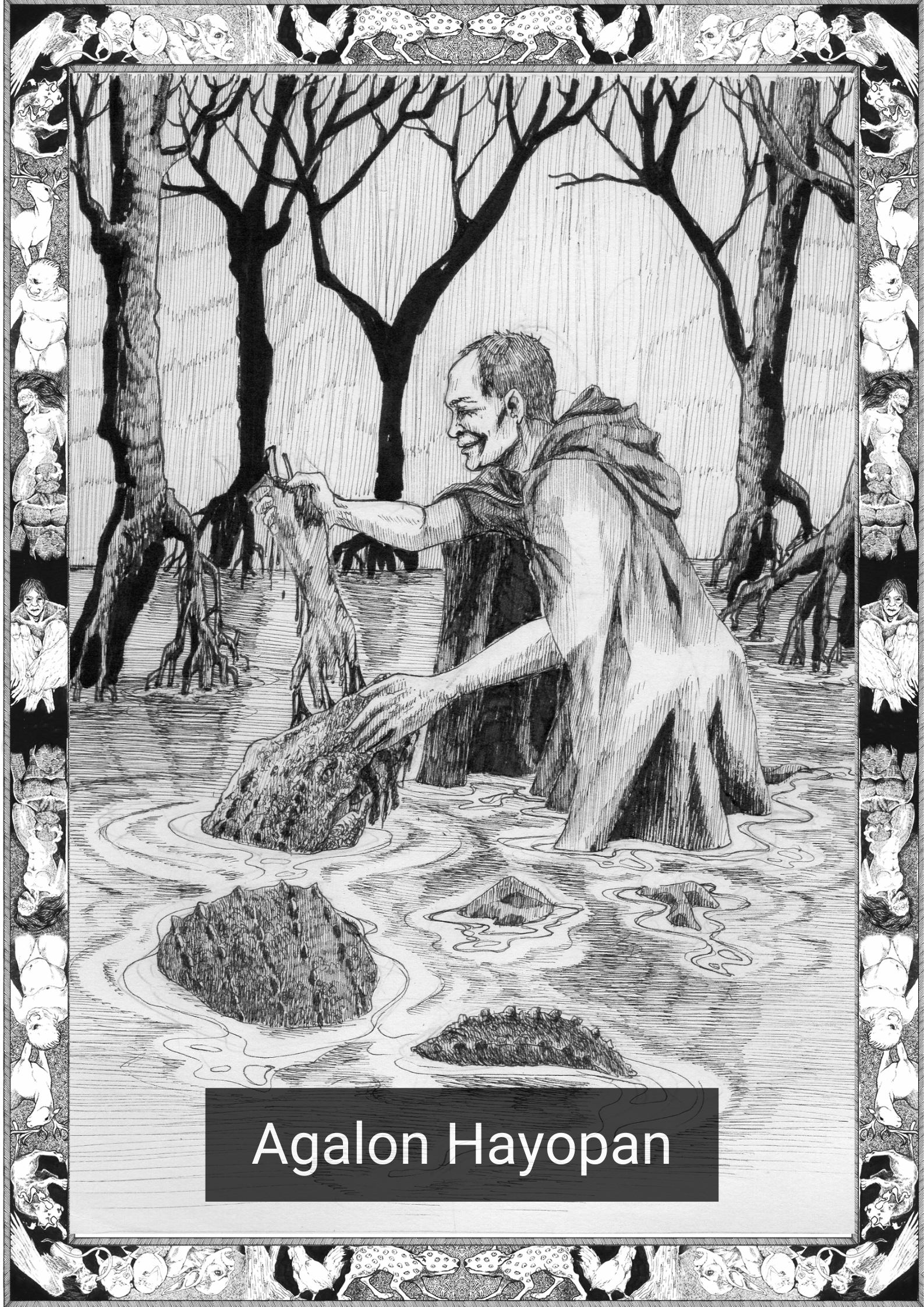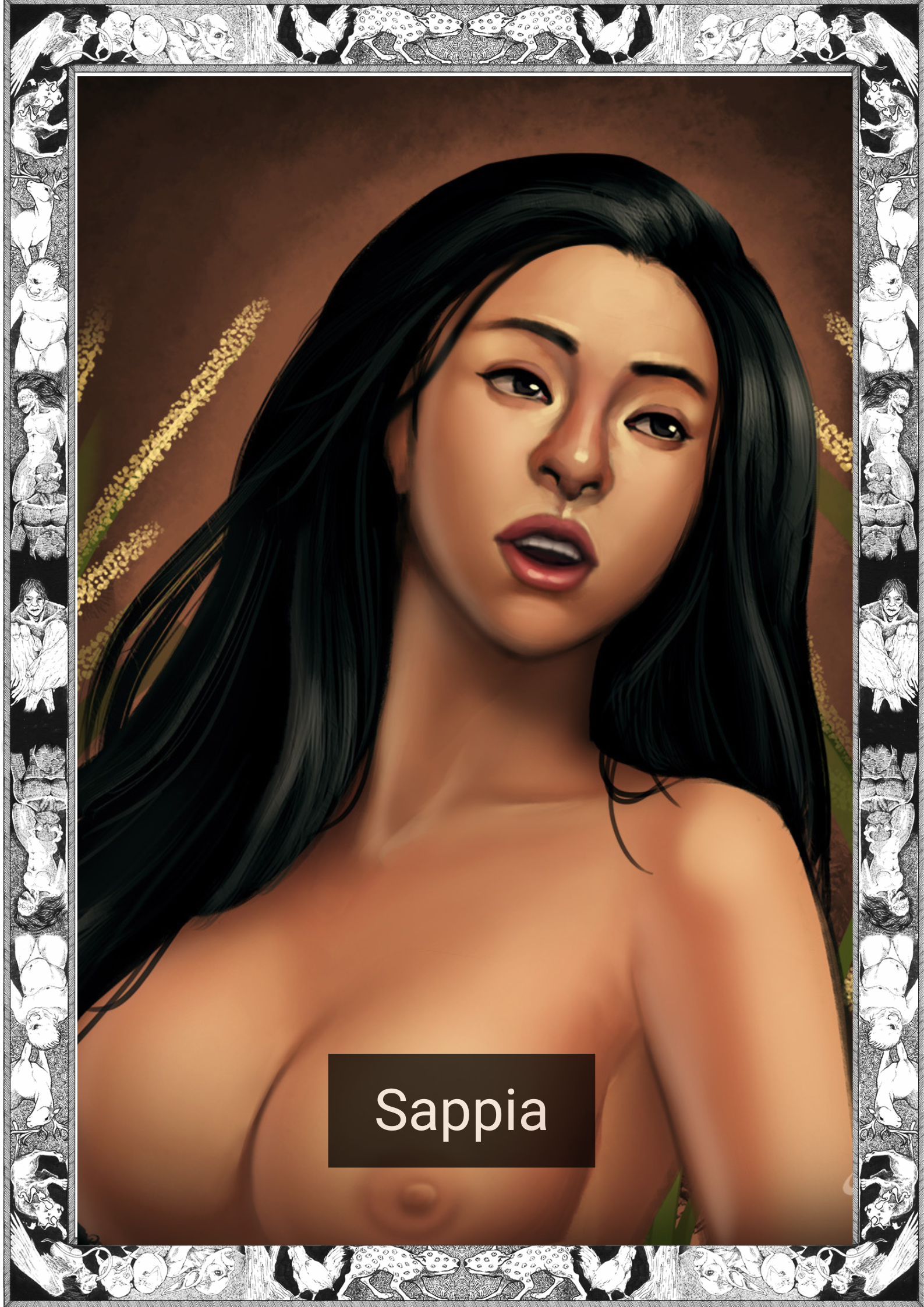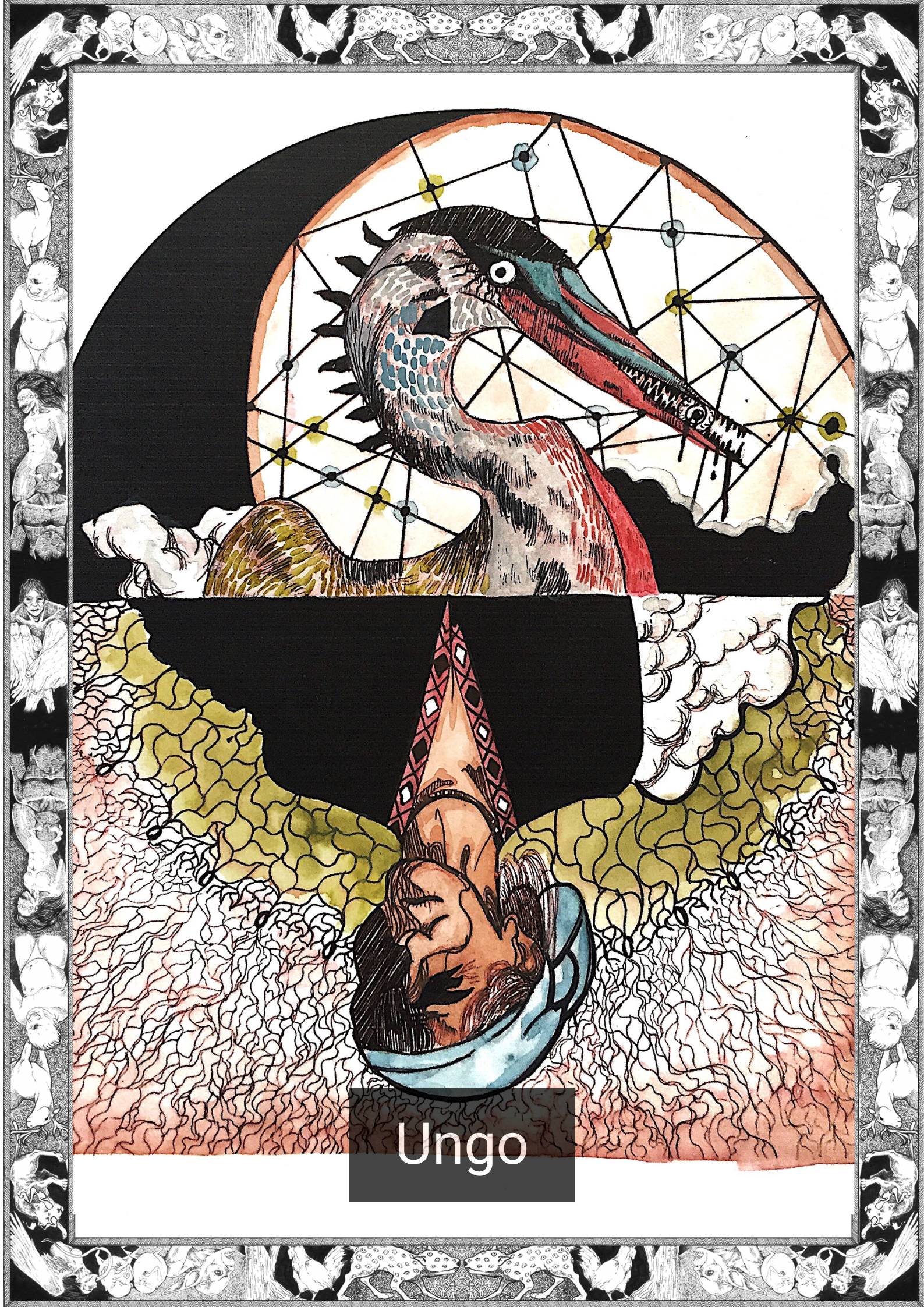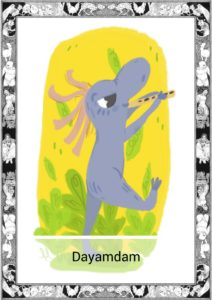
*Note this story is in Bicol-Naga
“Taramá sakuyà an dapít sa saimong kahoy,” taramon kan bubuyog sa dayamdam.
“Iyo man saná bagá an pinaka-urog na kahoy sa bílog na kinâban!” hawhaw kan dayamdam. Aram kaini na mayong ibang kahoy sa kadlagan an makakatupong sa gayon kan saiyang kahoy. Igwa ining magagayon na burak na minabukad pag tig-init asin pag minabunga! Aw, an mahamis na hamot kaiyan an pinakamakangangalas na bagay na mapaparong nin sisay man na linalang.
An bubuyog naghapot, “Nya, si mga tawo? Siring man an saindang kaisipan dapít sa kahoy?”
“Aram mo man bagá si mga tawo,” simbag kan dayamdam. “Sadiri saná parati an iniisip. Dai nganì sinda nagpapaaram kun makua nin mga bunga sa sakuyang kahoy.”
“Kabaraglâ!” bulyaw kan bubuyog.
“Ining mga tawo, mayo nin ano man na marhay na gawì,” taramon kan dayamdam na may kapalangkawan.
Mayong ano ano pa, nagyugyog an bílog na kahoy. Naglayog pasiring sa ligtas na lugar an bubuyog, alagad nagpawalat an dayamdam sa mga sanga kan saiyang kahoy.
“Dulág na!” Nagkurahaw an bubuyog.
“Ano an nangyayari?!” Kurahaw man kan dayamdam.
“An mga tawo! Pigpupurutol kan mga tawo an kahoy!” Naghinguang tabangan kan bubuyog an dayamdam, alagad ta sadit man saná ini, dai kayang darhon an linalang. Naghingua giraray an bubuyog na tabangan an saiyang amigo sa pagkakakagat sa mga tawo mantang naghihingua man sindang putulon an kahoy, alagad mayo nin nangyari.
“Dalágan na, amigo! Dalágan na parayò!” kurahaw giraray kan bubuyog.
Alagad aram na kan bubuyog na dai babayaan kan saiyang katuod an kahoy. Para sa dayamdam, an kahoy bakô saná sarong simpleng haróng. An kahoy iyo an saiyang bílog na buhay, an mga sanga iyo an saiyang mga ugat, asin an mga burak iyo an saiyang puso. An mga dahon kan kahoy an ginigibo niyang gubing, asin nakatagama an bílog kan saiyang buhay sa ultanan kan bakbak asin kan bunga.
Hiniling kan bubuyog mantang nagkaturumba an mga puno sa kamot kan mga tawo, asin kun makakahibi saná ini, mahibi ini para sa saiyang puminiyong na amigo. Dakol pa sa sarô an pigbiktima kan mga tawo kan aldaw na ito, asin minidbid ito kan bílog na kadlagan.
Kan bangging ito, uminalingawngaw an mga kanta kan dayamdam, daing kasagkudan na pagigirumdumon an kahoy sa kadlagan na pinaka-urog sa gayon.
=————————=
English Version
“So tell me about your tree,” said the bee to the dayamdam.
“Well, it’s the best tree in the world of course!” The dayamdam said proudly. It had known that no other tree in the forest could match the beauty of its tree. It had beautiful flowers that bloomed in the summer and when it bore fruit! Oh was that sweet smell the most ravishing thing any being had ever smelled.
The bee asked “What of the humans? Do they share your thoughts on the tree?”
“You know how humans are,” the dayamdam replied. Always thinking of themselves. They don’t even ask for permission when gathering fruit from my tree.”
“How rude!” the bee exclaimed.
“These humans don’t have any manners” the dayamdam said haughtily.
Just then, the entire tree shook. The bee flew away to safety, but the dayamdam stayed in the branches of its tree.
“You must run away!” The bee shouted
“What is happening?!” The dayamdam cried out.
“The humans! The humans are cutting your tree.” The bee tried to help the dayamdam but it was too small to carry the creature. The bee still tried to help its friend by stinging the humans as they tried to cut the tree down, but to no avail.
“Run my friend! Run far away!” The bee exclaimed again.
But the bee knew that its friend would never leave the tree. For the dayamdam, the tree was more than just a simple home. The tree was its entire life the branches its veins and the flowers its heart. It would make clothes from the tree’s leaves and spend the entirety of its lifetime in between the bark and the fruit.
The bee stared as the tree was felled by human hands and if it could cry it would shed a tear for his fallen friend. The humans claimed more than one victim that day, and the whole forest would acknowledge that.
That night the trees echoed with the songs of the dayamdam, forever remembering the most beautiful tree in the forest.
=———————–=
*Central Bicol, commonly called Bicol Naga, is the most-spoken language in the Bicol Region of southern Luzon, Philippines. It is spoken in the northern and western part of Camarines Sur, second congressional district of Camarines Norte, eastern part of Albay, northeastern part of Sorsogon, San Pascual town in Masbate, and southwestern part of Catanduanes. Central Bicol speakers can be found in all provinces of Bicol and it is a majority language in Camarines Sur.
Written by Karl Gaverza
Bicol Translation by Jeremiah Cordial
Copyright © Karl Gaverza
Translation Copyright © Jeremiah Cordial
Inspired by the Dayamdam description in Myth Museum. Medina. 2015.
Dayamdam Illustration by Kayla Teodoro
Tumblr: mikaylateodoro.tumblr.com
